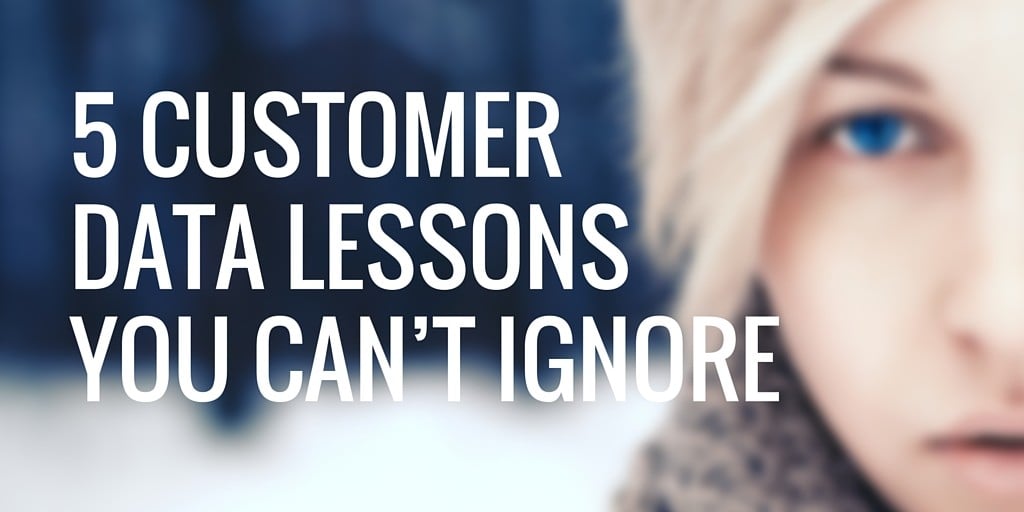
Anyone who serves customers recognizes that a key to getting closer to them is to improve the customer experience you offer them. And that doing so requires a true understanding of what customers want and need, what they do, and how they do it.
In this day and age, gaining this understanding requires access to, and the ability to analyze and understand, customer data. Yet the degree to which companies don’t use their customer data to benefit their customers continues to surprise us. In many cases, it remains all sell and no serve.
To succeed in this world, organizations need to flip this notion around. By focusing first on serving, sales will follow. Because profiting from a better customer experience and the loyalty it drives means accepting that the experience is based on how your company is perceived by your customers as they result of their interactions with you.
And to change this perception, your organization should focus on anticipating the needs of your customers by understanding (and appropriately using) the data that increasingly surrounds them. In other words, customer data is one of the highest priorities for any company hoping to improve customer experience.
With this in mind, here are 5 customer data lessons you can’t afford to ignore…
- Appropriately value the data you are already generating.
Every company already gathers and stores customer data generated by your current relationships. As the field of analytics turns more and more predictive, there’s more and more value to be found in the data you already gather. In fact, I’d suggest one of your most valuable assets is the customer insights you can gain by analyzing the data you already have. - Treat customer data as a strategic asset.
Speaking of the data you have… in many organizations, it’s “owned” by IT. Which is fine, as long as a senior business (rather than IT) executive shares or has responsibility for ensuring that customer data is accurate, complete, consistent, and timely. Customer data isn’t just a by-product of customer interactions, it’s a strategic business asset. Treat it accordingly. - Make your customer data integrated and easily accessible across your organization.
Data integration isn’t super sexy. On the other hand, a free flow of information across channels and siloes simply won’t happen without it. Nor can omni-channel experiences and cross-channel marketing. So. If you want to improve operations and drive engagement, make sure your data is out of siloes and is connected (and accessible!) across all essential business processes. - Don’t let “big-data hype” obscure the business value of small data.
With Small Data, I’m referring to datasets that contain specific attributes and can be used to determine or evaluate current conditions. For example, text analytics of Voice of the Customer (VoC) comments, or customer satisfaction surveys. If you’re among the smart minority that have your small data totally under control, then Vaya con Dios. If not, back away from big data. - Making it personal – use your data to understand all customers, and each customer.
There are many ways to use data to better understand and serve your customers. For example, one way is to apply data in a way that helps inform service decisions. A customer whose data identifies him or her as more loyal and valuable can be instantly moved to the front of the call center queue. While a less-loyal, lower value customer may need to wait longer or be rerouted.
The bottom line is that integrated customer data and the insights derived from analyzing it help executives, managers and practitioners make intelligent business decisions around things as diverse as sales, marketing, product development, and customer service delivery.
However, many firms have yet to leverage available technology or shift organizational structures, business processes, or products in ways that permits integrated management and intelligent use of customer insights.
It’s the ability to use customer data to anticipate customer needs and intelligently respond that will separate the winners from the losers in the high-stakes game of business.



